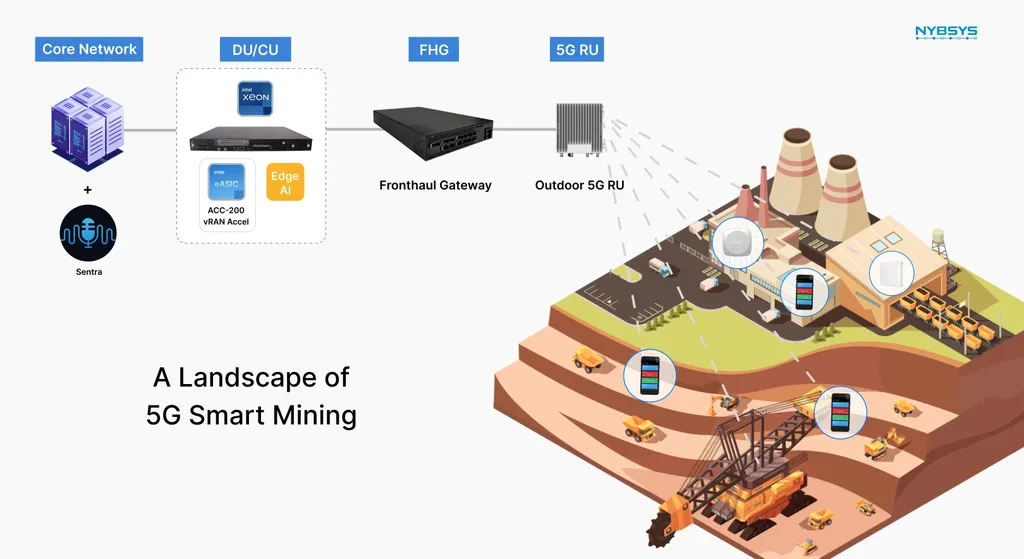In the heart of China’s mining industry, a groundbreaking study is set to revolutionize how we tackle groundwater pollution, with significant implications for the energy sector. Jiandong Zhang, a researcher from Jiangxi University of Science and Technology in Ganzhou, has developed a cutting-edge system that leverages the power of 5G networks to assess and mitigate groundwater pollution risks in real-time.
The study, published in the *Journal of Environmental Engineering and Landscape Management* (translated from its original name, *Žurnalas ‘Aplinkos inžinerija ir kraštovaizdžio tvarka’*), addresses a pressing issue in the mining industry: the lack of robust environmental protection measures leading to heavy metal pollution, land degradation, and groundwater contamination. These issues not only pose serious health risks but also threaten the sustainable development of the mining and energy sectors.
Zhang’s research introduces a wireless remote emergency risk assessment and rescue system based on 5G core networks. This innovative approach aims to enhance the efficiency and accuracy of groundwater pollution risk assessment and rescue operations. “The traditional methods of monitoring and assessing groundwater pollution are often slow and inefficient,” Zhang explains. “By integrating 5G technology, we can achieve real-time data collection and analysis, significantly improving our response times and overall effectiveness.”
The system analyzes various types of groundwater pollution and employs a data mining algorithm to optimize 5G communication networks. In a case study involving a coal mine, the research demonstrated that the proposed system had lower time delays and packet loss rates, indicating superior communication performance. “This technology has the potential to transform how we manage environmental risks in the mining industry,” Zhang adds. “It’s not just about improving efficiency; it’s about safeguarding our natural resources and ensuring the long-term viability of the energy sector.”
The study’s findings are particularly relevant for the energy sector, where mining activities are crucial for extracting resources like coal, metals, and other minerals. Groundwater pollution can have severe commercial impacts, including regulatory penalties, operational disruptions, and reputational damage. By implementing Zhang’s 5G-based system, energy companies can proactively monitor and address pollution risks, ensuring compliance with environmental regulations and maintaining sustainable operations.
The research also highlights the importance of emergency rescue countermeasures based on evaluation results. By taking immediate action when pollution is detected, companies can minimize environmental damage and mitigate potential health risks. “This proactive approach is essential for the future of the mining and energy sectors,” Zhang emphasizes. “It’s about being prepared and responsive, rather than reactive.”
As the energy sector continues to evolve, the integration of advanced technologies like 5G networks will play a pivotal role in addressing environmental challenges. Zhang’s research paves the way for more innovative solutions that can enhance the sustainability and efficiency of mining operations. With further development and implementation, this technology could become a standard practice in the industry, setting new benchmarks for environmental protection and risk management.
In conclusion, Jiandong Zhang’s groundbreaking research offers a glimpse into the future of groundwater pollution management in the mining industry. By harnessing the power of 5G networks, energy companies can achieve real-time monitoring, accurate risk assessment, and effective rescue operations. This not only ensures compliance with environmental regulations but also promotes sustainable development and safeguards natural resources. As the energy sector continues to evolve, the integration of such advanced technologies will be crucial in addressing the environmental challenges of tomorrow.

